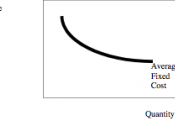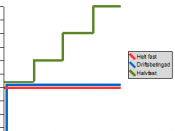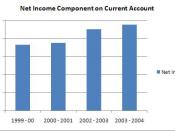Cost, Volume, and Profit (CVP) analysis is the "study of the effects in cost and volume on a company's profits" (Kieso, Kimmel, and Weygandt, 2003). CVP analysis is a very important factor in profit planning and critical for management decisions like setting selling prices, choosing product mix, and makes best use of productions facilities.
The basic components of CVP analysis are as follow:1.Volume or level of activity - The amount of output or sales. This would be like the starting point of a cost behavior analysis. The level of activities could be expressed in terms of dollars (in a retail company), miles driven (in a truck company), etc. The volume or level of activity it is what causes changes in cost and profits in a business.
2.Unit selling prices - It is the price of the company's product sells for.
3. Variable cost per unit - It is what the product or services cost to the company.
Examples of variable cost are: raw materials, manufacture labor, sale commissions, etc. These costs will vary in total directly and proportionately with changes in the activity level.
4.Total fixed costs - It is when the cost will remain the same in total regardless of changes in the activity level. Examples of total fixed costs are: utilities, taxes, depreciation, etc.
5.Sale mix - It is the sale of various product or services within one company. For example, General Mills has many products for sale and each one of them has a different unit selling price and maybe a different variable cost per unit.
The contribution margin per unit indicates that for every product sold, a company will have a Y amount of dollars to cover for fixed cost and add value to the net income. So, every time the unit...


